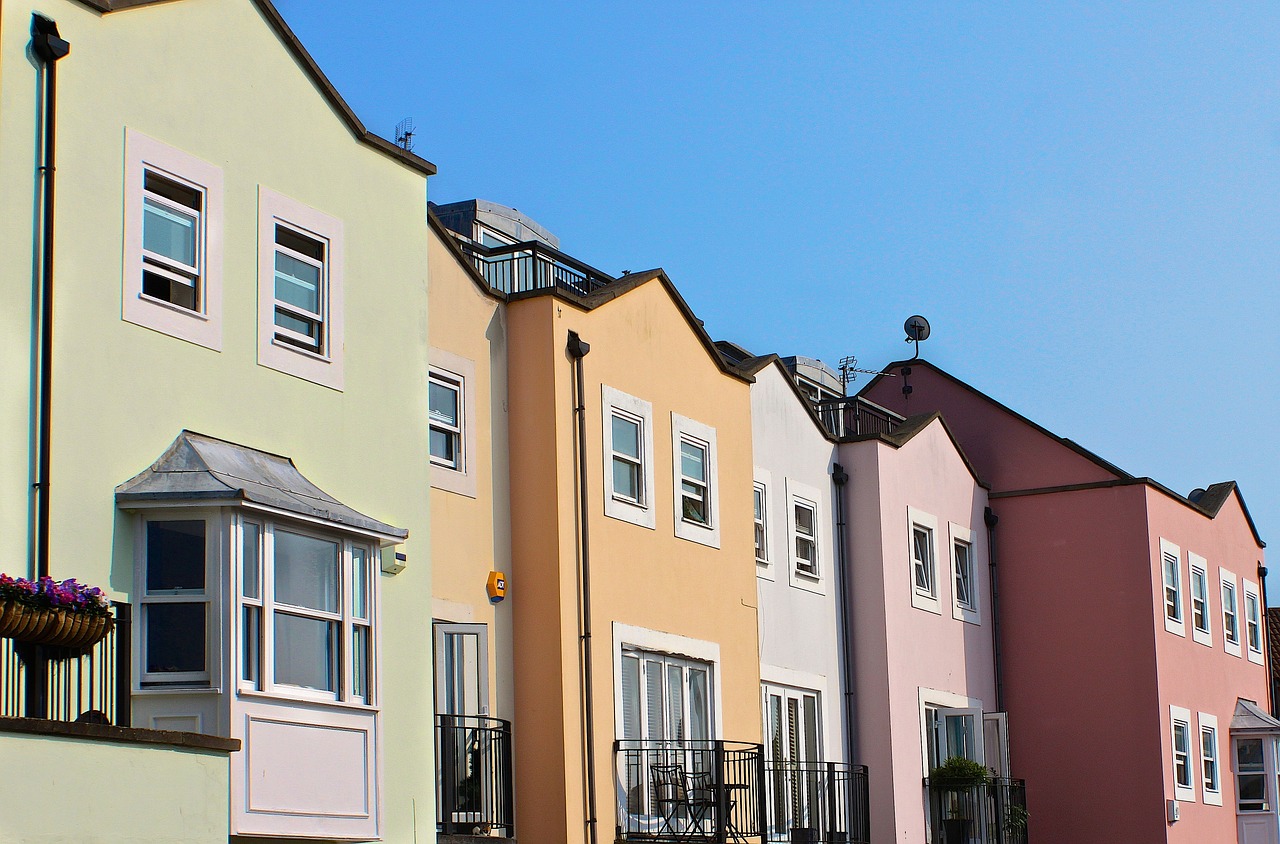In 2017, the International Journal of Housing Policy awarded its first Best Early Career Article Prize to Giorgio Talocci for his article with Camillo Boano “The de-politicisation of housing policies: the case of Borei Keila land-sharing in Phnom Penh, Camobida”. Giorgio Talocci’s ambitious article provided a vivid and convincing view of the housing/political realities in the locality, while at the same time engaging with the global context. Below Giorgio shares the motivation behind his study and the wider context in which the case of Phnom Penh is embedded.
Prior to a preliminary fieldwork in Phnom Penh (December 2012), members of the Asian Coalition for Housing Rights (ACHR, long term partner of The Bartlett Development Planning Unit), put me in touch with the Community Development Foundation (CDF) in Phnom Penh. CDF’s representatives suggested that – if I was interested in examples of on-site people-driven slum upgrading – I should have visited Borei Keila’s land sharing. Both ACHR and CDF had worked in Borei Keila – as mediators between the several parties, as facilitators of the community survey, as advisors for the design of the new housing.
The actual focus of my PhD research was not only on processes of slum upgrading but, more broadly, on those discursive and non-discursive practices that are conducive to the emergence of obsolescing urbanisms in the contemporary city: expressions of urban life which grow as derelict, interstitial, marginal environments. Or that are deemed as such by powerful urban actors, with purposes of redevelopment and social cleansing. The rhetorical construction of an urban environment as obsolete becomes this way the justification for its erasure, or for its correction through quantitative approaches to re-housing the poor – with the risk of disregarding their social and spatial capitals, and of being detrimental to the survival of any instance of community mobilisation.
I initially landed in Phnom Penh because of an interest in the so called White Building, a monumental residential slab built in the 1960s to host civil servants, and whose units and common spaces had later been the object of informal reappropriations, transactions and alterations. The case for the White Building’s obsolescence had been put forward by public authorities and private developers, through the criminalisation of its populations and the claim its concrete structures were unsound, and therefore had to be demolished. The White Building survived several arson attempts and the eviction and destruction of the adjacent Dey Krahorm informal settlement in 2009 (“anarchic, jobless, conflictual”, in the words of the local private developer 7NG Group). It was eventually demolished in 2017, to make room for luxurious apartments, in line with the exclusionary and upper-middle class visions that are characterising the current urban development in Phnom Penh.
In such perspective, Borei Keila was an exemplary case, insofar as obsolescing practices have assumed different roles and shapes throughout its transformation. Not only has obsolescence been corrected, through the construction of on-site new housing for about 1800 poor households. Not only has it been superseded, through the speculative development of 12 out 14 hectares of the original site. Obsolescence has become de facto a tool for governing the whole site. A part of the original slum has been marginalised and eventually displaced, through the relocation of about 300 households to two distinct relocation sites. About one hundred households excluded from the land-sharing agreement have survived on site, in the old derelict residential slabs, or in shacks occupying interstitial spaces leftover by the new developments: their existence has been criminalised, and the obsolete condition of their settlements used to build up the case for one further eviction and one further process of sanitisation of the site.
In the article, along with Camillo Boano, I focus on the de-politicising effects of such obsolescing practices, and critique the provision of housing on site as a correcting and pacifying tool.


